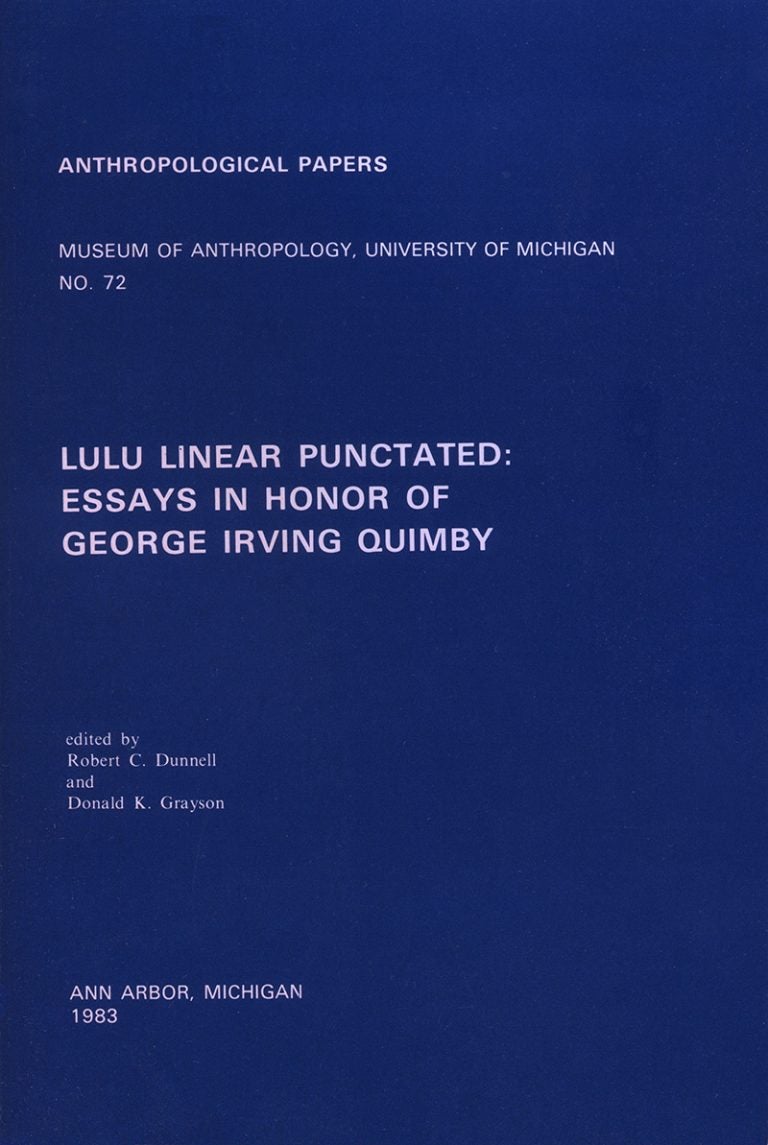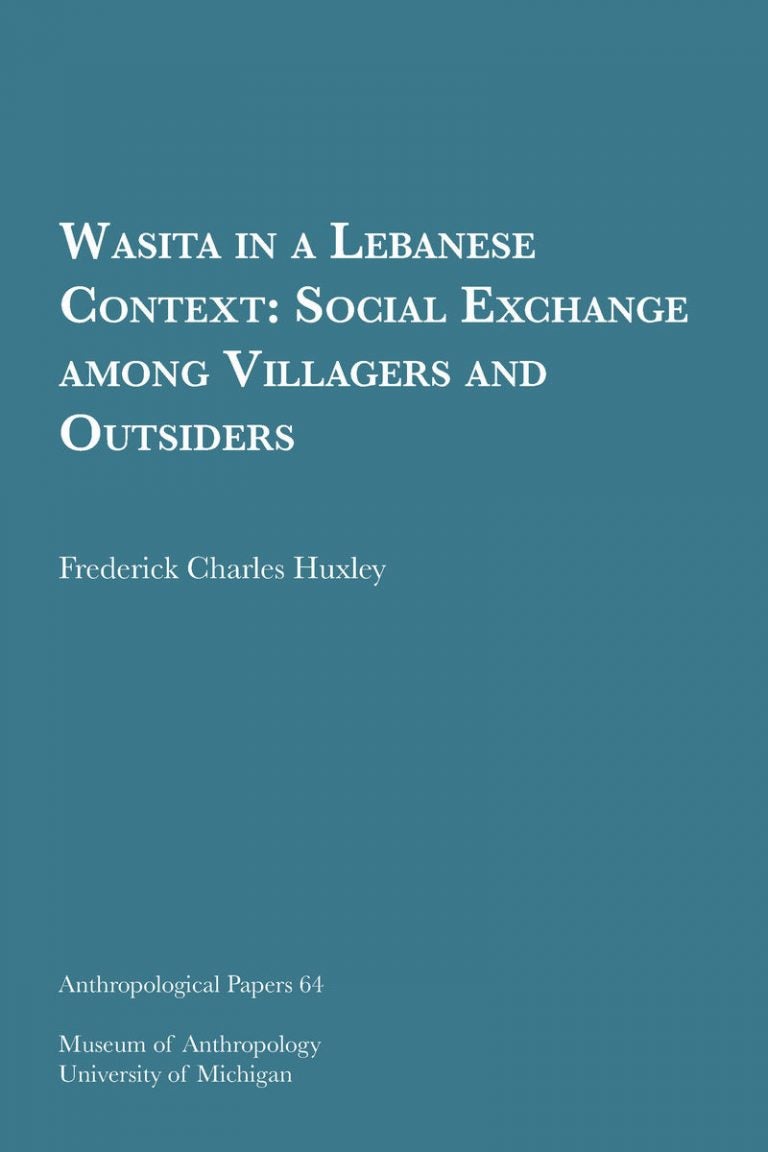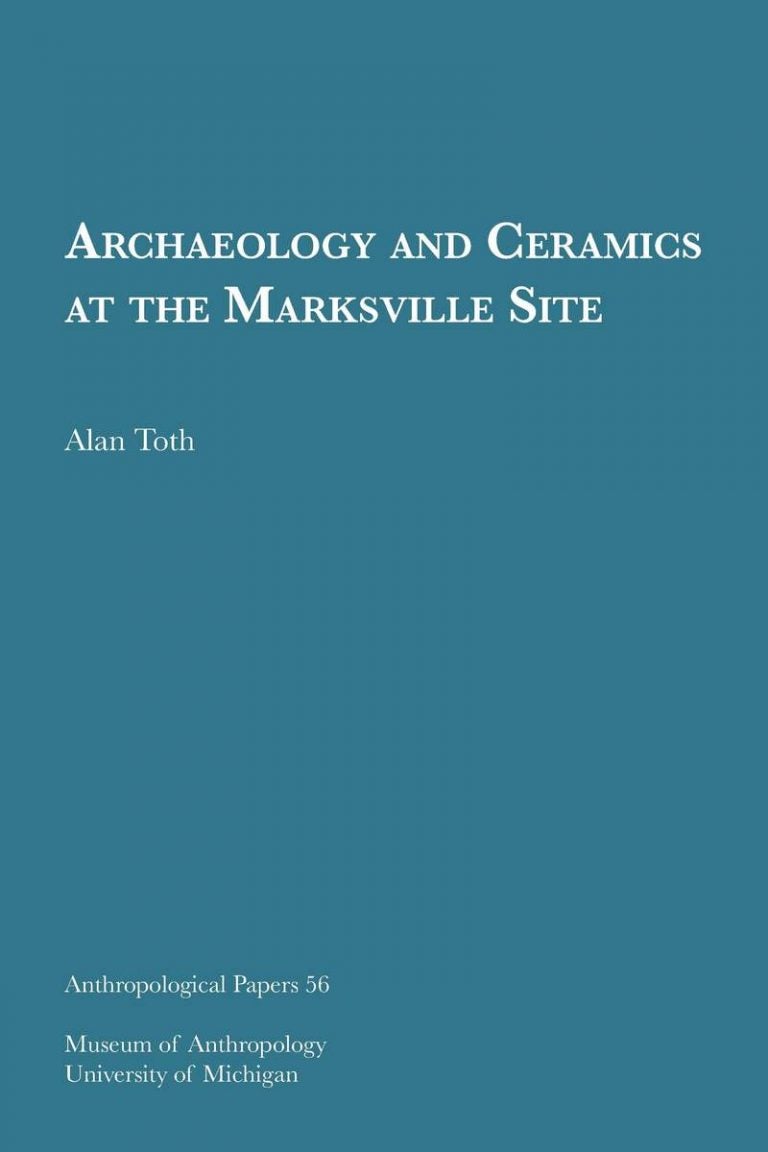Richard I. Ford, ed.
AP 75
As Richard I. Ford explains in his preface to this volume, the 1980s saw an “explosive expansion of our knowledge about the variety of cultivated and domesticated plants and their history in aboriginal America.” This collection presents research on prehistoric food production from Ford, Patty Jo Watson, Frances B. King, C. Wesley Cowan, Paul E. Minnis, and others.

























